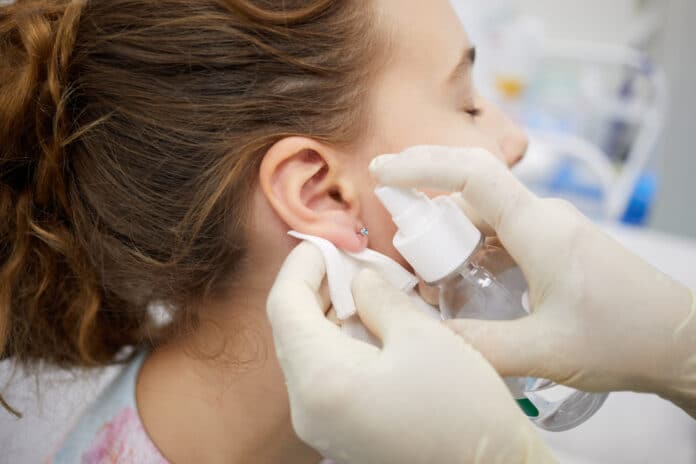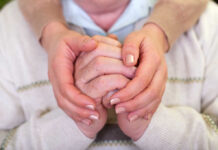
Ear, facial and body piercings are popular in a variety of regions and cultures. For some, piercings hold serious cultural significance. For others, piercings are a fun way to express yourself and add a new element to your look.
No matter your reasoning for getting a piercing, it’s important to recognize the effects it can have on your body. Getting a piercing involves introducing a foreign object into your body, which always carries the risk of adverse effects.
Everything from where you get your piercing, to what metal is used, to how closely you follow aftercare instructions can affect your body’s reaction to your new bling.
Are Piercings Safe?
The practice of ear, body, and facial piercings is an ancient practice. Humans have been getting pierced, and piercing each other, for centuries. Luckily, in today’s world, we have immaculate sanitization and piercing practices that make getting a piercing safer than ever.
So long as you are visiting a reputable and knowledgeable piercing shop, piercings are considered safe. However, independent factors such as allergies can change how your experience with a piercing may turn out.
Common Risk Factors with Piercings
As said above, piercings are safe for a majority. Piercings usually heal nicely and have no complications. However, in the case where complications from a piercing do arise, there are usually pre-existing risk factors involved.
Some risk factors to consider with a piercing include:
- Allergic reactions. The jewelry which is inserted into your new piercing makes a big difference. Some jewelry, such as pieces made from Nickel, are notorious for causing allergic reactions. Reputable piercers will use something more agreeable and hygienic, like surgical steel.
- Skin issues. Piercings that are not performed properly, or not looked after properly, may develop scar tissue that can be unsightly. Issues like keloids can be common. Skin infections can also occur if aftercare steps are not followed.
- Bloodborne disease. All reputable piercers use an entirely different needle from client to client. However, in the case that you visit an inexperienced piercer, and the same needle is used between two clients, the risk for bloodborne disease greatly increases.
How to Choose a Reputable Piercer
To avoid unnecessary risk, always choose a knowledgeable and reputable piercing shop. Some signs you can look for to qualify the shop you are visiting is safe and knowledgeable are:
- Your piercer is washing their hands regularly with germicidal hand soap.
- Your piercer wears gloves when touching your body and changes them between clients or when touching new surfaces.
- The piercing machine uses a sterilization machine, called an autoclave.
- The piercing shop is visibly clean and free of debris or stains.
- The piercer discards your needle and other tools after use.
Conclusion
Piercings are extremely common. Everyone from children to senior citizens can be seen sporting some type of piercing. It’s a great way to express yourself. There are risks associated with piercings, but these can be easily avoided by choosing a reputable piercer and closely following aftercare instructions.
Sources:
The Risks and Safety of Body Piercings (bodyjewelry.com)
Piercings: How to prevent complications – Mayo Clinic


















